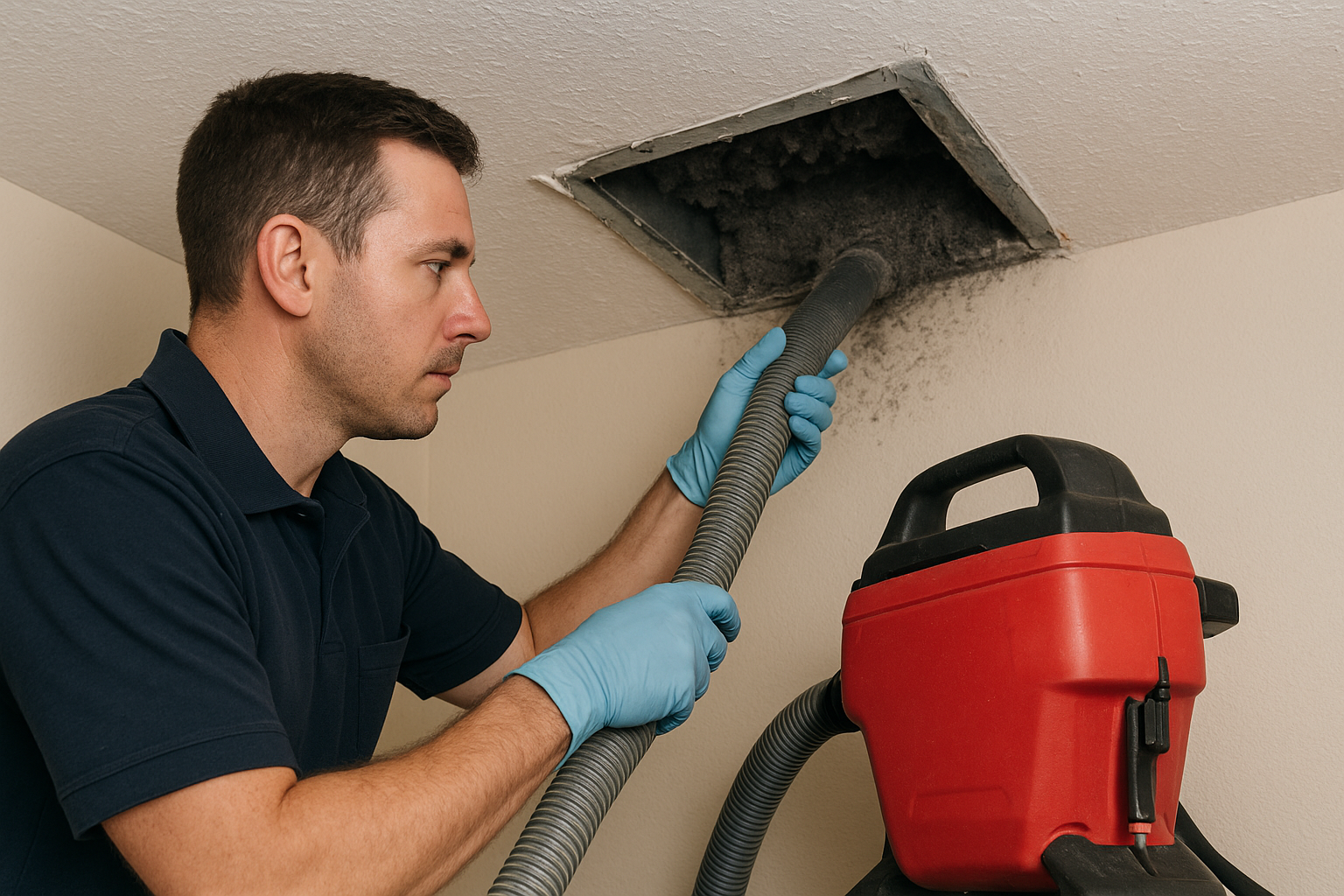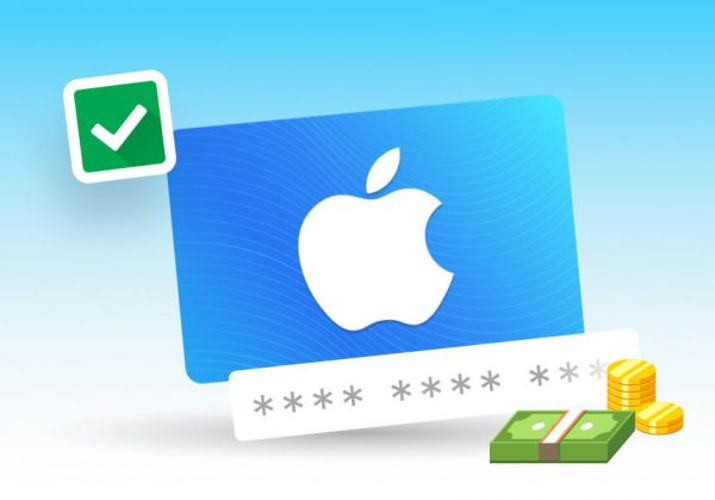What Factors Influence the Cost of Duct Cleaning?

When it comes to maintaining a healthy indoor environment, duct cleaning plays a crucial role in ensuring efficient airflow and cleaner air quality. However, the cost of this essential service can vary significantly based on multiple factors, including system size, accessibility, location, and overall condition. Understanding what influences the price helps property owners make informed decisions and budget effectively for professional duct cleaning.
Why Does Duct Cleaning Matter?
Duct cleaning matters because the HVAC system acts as the lungs of any building. Over time, air ducts accumulate dust, debris, pet dander, pollen, and even mold spores. These contaminants circulate throughout the indoor environment whenever the system operates, affecting air quality and HVAC performance. Regular cleaning not only reduces allergens but also helps maintain efficient heating and cooling. Clean ducts ensure the system doesn’t work harder than necessary, lowering energy consumption and preventing mechanical strain. According to the National Air Duct Cleaners Association (NADCA), clean ducts can improve system efficiency by up to 40%, demonstrating how essential regular maintenance is for long-term savings and indoor comfort.
What Common Problems Affect Duct Systems?
Several common problems can influence the condition of duct systems, eventually affecting cleaning costs. Dust and debris buildup is the most prevalent issue, typically caused by poor filtration or lack of regular maintenance. Mold and mildew can develop in humid environments, leading to health concerns and requiring specialized cleaning treatments. Pest infestations, such as rodents or insects, also create obstructions and contamination. Additionally, leaks or gaps in ductwork cause energy loss and contamination entry, increasing the need for detailed inspections and repairs. Each of these issues demands a different level of effort and equipment, directly impacting the overall service cost.
What Are the Key Benefits of Professional Duct Cleaning?
Professional duct cleaning offers measurable benefits that go beyond visual cleanliness. It enhances indoor air quality by removing pollutants that can trigger respiratory issues or allergies. Improved airflow leads to better HVAC efficiency, extending the system’s lifespan and reducing energy bills. For commercial and residential properties alike, maintaining clean ducts supports consistent temperature control and reduces the risk of unexpected breakdowns. A cleaner system also minimizes unpleasant odors caused by trapped dust or microbial growth. Ultimately, duct cleaning ensures a safer, more efficient, and cost-effective indoor environment, which is why it’s considered a critical aspect of building maintenance.
What Is the Typical Cost Breakdown for Duct Cleaning?
The cost of duct cleaning varies depending on several influencing factors. Below is a general pricing table to illustrate average rates and what they may include.
|
Factor |
Average Cost Range (USD) |
Description |
|
Home Size (per system) |
$300 – $700 |
Larger homes or multi-zone systems cost more. |
|
Duct Condition |
$100 – $500 additional |
Heavily soiled or mold-affected ducts require deep cleaning. |
|
Accessibility |
$50 – $200 additional |
Hard-to-reach or concealed ducts increase labor time. |
|
Vent Count |
$25 – $50 per vent |
More vents mean extended cleaning duration. |
|
Location |
Varies by region |
Urban areas often have higher service rates. |
|
Add-on Services |
$100 – $300 |
Includes sanitization, filter replacement, or odor treatment. |
Disclaimer: Prices are approximate and may vary depending on the provider, service scope, and local market conditions. Always request an on-site estimate for the most accurate pricing.
What Key Features Should You Look for in a Duct Cleaning Service?
Choosing a professional service provider requires attention to detail. Look for NADCA-certified technicians who follow industry standards and use advanced vacuum systems and agitation tools. A reliable company will conduct a pre-cleaning inspection using cameras or specialized instruments to identify problem areas. Transparency in pricing, detailed reporting, and use of HEPA-filtered equipment are also key indicators of professionalism. Additionally, services offering post-cleaning assessments and documentation help verify the effectiveness of the work performed. When evaluating options, avoid companies that offer unusually low prices, as these often indicate incomplete or poor-quality cleaning.
“Routine duct cleaning not only improves indoor air quality but also enhances system longevity by reducing strain on HVAC components,It’s an investment that pays off in comfort and efficiency.”
FAQS
1. How often should duct cleaning be done?
Most experts recommend cleaning ducts every 3 to 5 years, though properties with pets, smokers, or high pollution may require more frequent service.
2. Does duct cleaning help with allergies?
Yes, removing dust, dander, and other airborne particles can significantly reduce allergy triggers, especially for individuals sensitive to poor air quality.
3. Can duct cleaning reduce energy costs?
Clean ducts improve airflow efficiency, allowing the HVAC system to operate smoothly. This can lower energy consumption by 10–30% depending on usage and system type.
4. How long does the process take?
On average, professional duct cleaning for a typical home takes between 2 and 4 hours, depending on system complexity and accessibility.
5. Is it necessary to clean ducts in a new home?
Even new constructions can have dust and debris from drywall or woodwork within the duct system. It’s advisable to schedule an initial cleaning after construction.
6. What signs indicate ducts need cleaning?
Common signs include musty odors, visible dust around vents, inconsistent airflow, and unexplained allergy symptoms among occupants.
7. Does duct cleaning remove mold completely?
Standard cleaning removes surface mold and prevents regrowth, but severe infestations may require specialized antimicrobial treatments or duct replacement.
8. Are chemical treatments used during duct cleaning safe?
Certified professionals use EPA-approved sanitizers that are safe for residential and commercial environments when applied correctly.
9. Can dirty ducts damage HVAC equipment?
Yes, excessive dust and debris can clog coils and filters, forcing the system to overwork, which may lead to component wear and premature failure.
10. Is duct cleaning covered by insurance or warranties?
Typically, it’s considered maintenance and not covered, though some extended HVAC warranties may require regular cleaning to stay valid.
Conclusion
The cost of duct cleaning depends on multiple factors such as home size, duct condition, and service quality. Investing in professional cleaning ensures healthier air, better HVAC performance, and reduced energy costs. While price variations exist, choosing a certified, transparent provider ensures long-term value and efficiency. In both residential and commercial settings, duct cleaning remains an essential maintenance task that protects health, comfort, and property value making it a smart, preventative investment for any property owner.
Read More: mold in ducts






